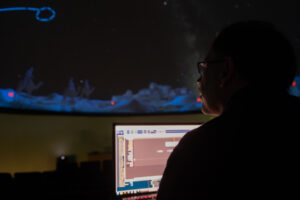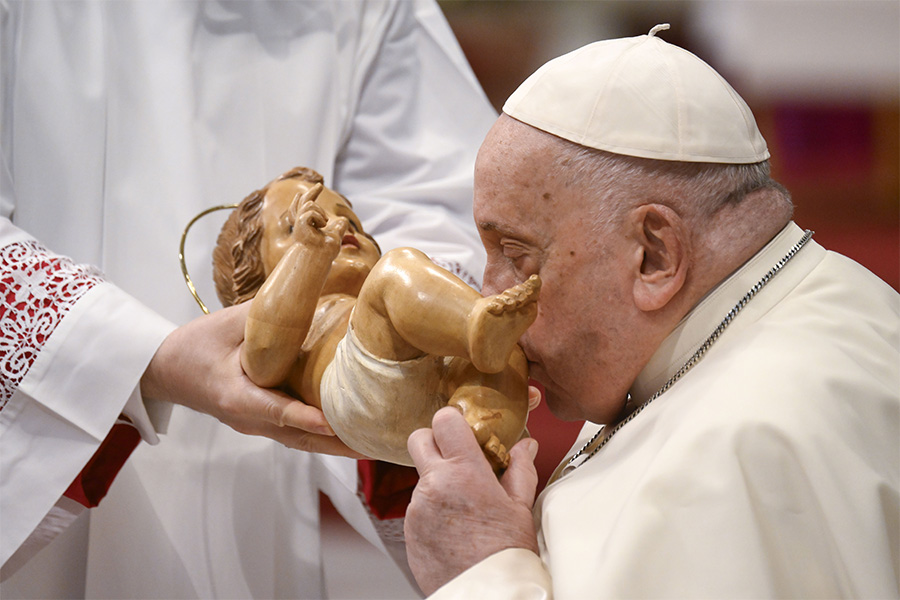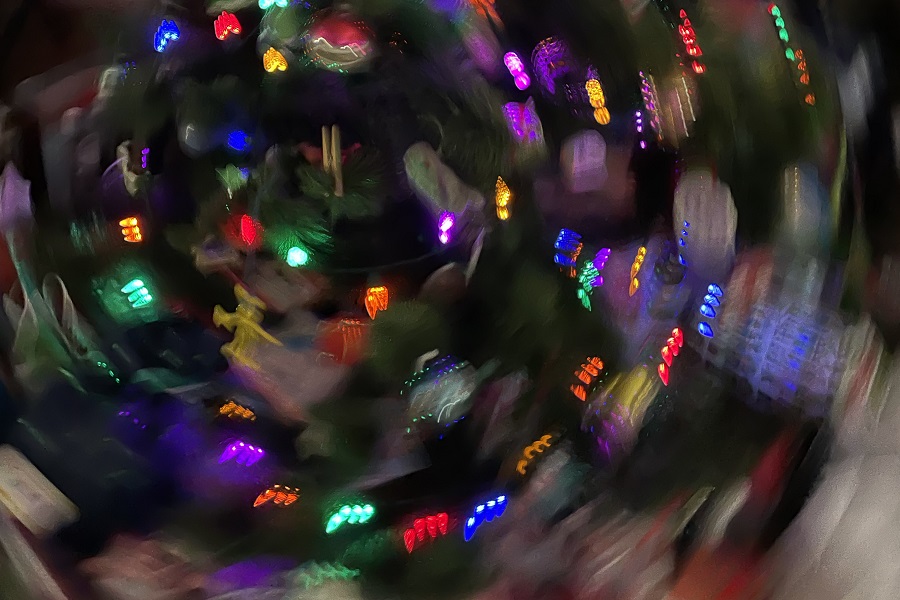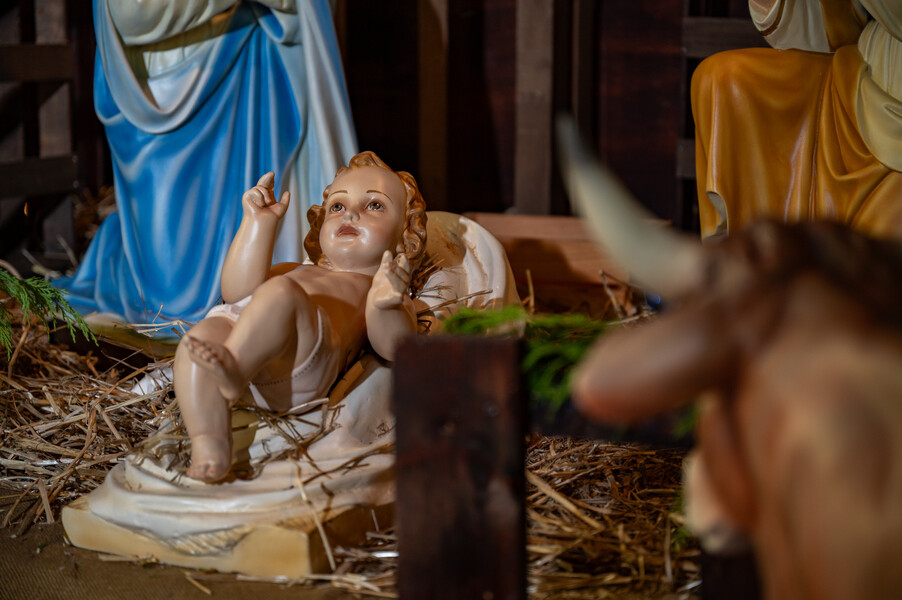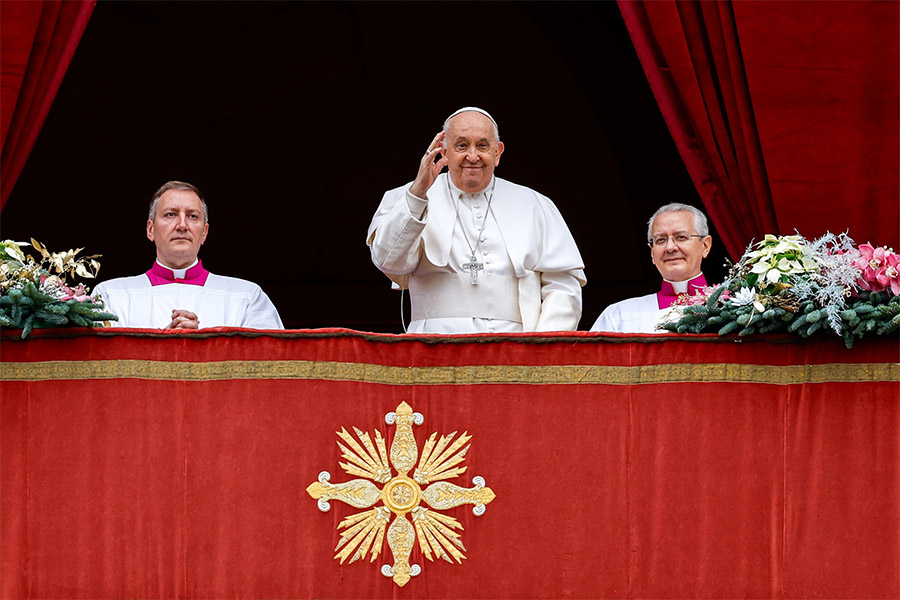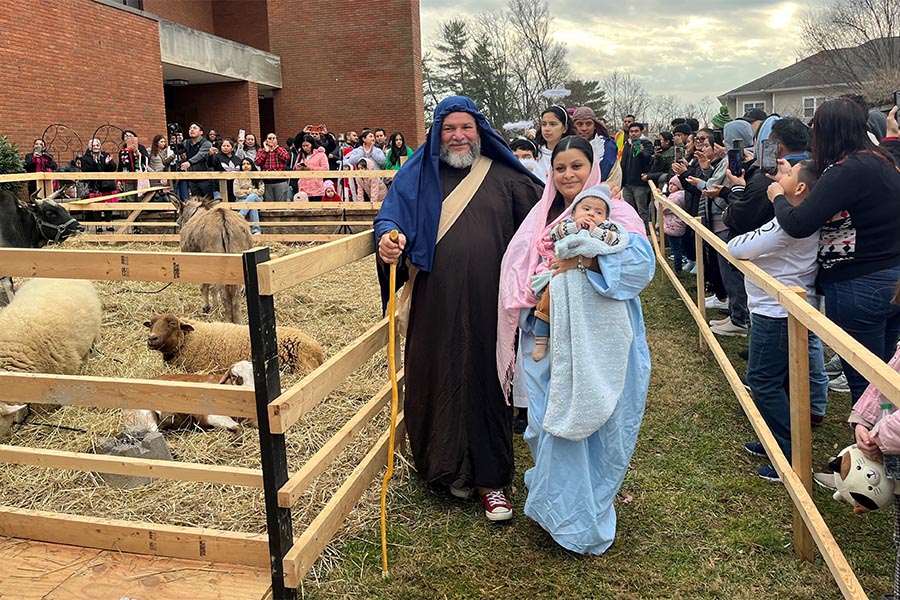CATONSVILLE – Perhaps the first story most people heard about astronomers was the Epiphany Gospel passage from St. Matthew telling the account of the magi who sought the Messiah via the source of the great star they saw in the sky.
“Where is the newborn king of the Jews? We saw his star at its rising and have come to pay him homage,” they told King Herod (Mt 2:2).
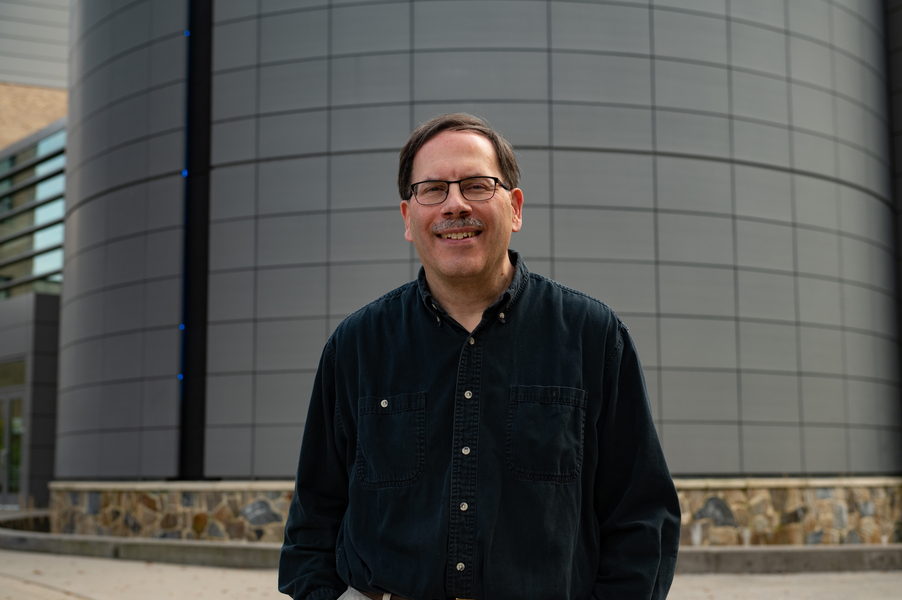
Deacon David Ludwikoski looks at the story from two viewpoints: as a scientist and a person of faith. He serves as a deacon at Our Lady of Victory in Arbutus and is a physical science instructor teaching astronomy and earth science at the Community College of Baltimore County’s Catonsville campus, where he is also director of the Benjamin Banneker Planetarium.
Deacon Ludwikoski will host a show Dec. 16 at the planetarium to talk about the Christmas Star and plausible explanations for the celestial display that beckoned the Wise Men.
Based on physics, scientists and astronomers can predict the paths of objects in our galaxy and others. It also means they can calculate the paths backward in time, so that they can provide an idea of what the sky looked like from a specific region on earth at a certain point in time.
“We call them wise men, but they observed the stars,” the deacon said of Matthew’s magi. “That was a very common thing that was done in the days of ancient Jerusalem.”
Sometimes planets appear in the sky so close to each other that they cannot be distinguished with the naked eye. A conjunction of Saturn and Jupiter at the time of Christ’s birth may have been perceived as a single star.
Click play below to listen to a radio interview with Deacon Ludwikoski. Story continues beneath.
The Christmas Star show combines the readings in Scripture with historical writings from astrologers and scientists, such as Johannes Kepler.
“There is nothing that is definite in that respect, in terms of years or dates, but we can get a reasonable idea, based on the information we have, so I say this is one plausible explanation. There are many others that are out there,” Deacon Ludwikoski said.
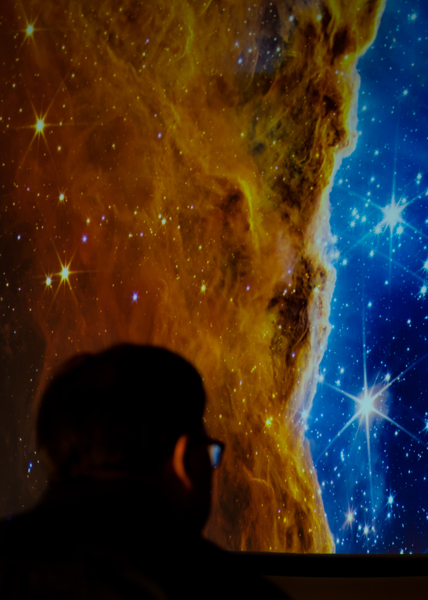
age to explore astronomy by an uncle who bought his own
telescope and started stargazing, inviting young David to look through the viewfinder
whenever he visited. (Kevin J. Parks/CR Staff)
The Banneker Planetarium show is based on one that was created by an astronomer at the Royal Observatory in Toronto, Ontario, Canada, in 1970.
“He had a couple possibilities – that one possibility based on Scripture and what was visible at around that time period that we think that Jesus’ birth was. We go into that in the show – the alignment of the different planets, the stars into certain constellations and tying that to Jewish culture, Jewish history,” the deacon said.
He was inspired at an early
age to explore astronomy by an uncle who bought his own
telescope and started stargazing, inviting young David to look through the viewfinder
whenever he visited. Growing up in the age of the Apollo moon missions, Deacon Ludwikoski had an interest as an amateur astronomer, even though he eventually majored in geology.
Being able to teach earth sciences and astronomy at CCBC, he said it is “pretty neat to do that just to be able to kind of get paid to share my love of the knowledge of astronomy, but then also to be able to incorporate the aspects of my faith in there from time to time, too.”
Even at a public, secular university he can present some elements of what faith traditions have to say about the universe. “I try to do it in a very open, definitely non-confrontational way.”
As a deacon, he can preach the homily at Mass, and has had occasion to proclaim Matthew’s Gospel on the feast of the Epiphany and then preach about it. In that venue, he adds more information than he does in class or at the planetarium show, noting that St. John Chrysostom and, more recently, theologian Scott Hahn, have suggested that the “star” was actually a host of angels, who are mentioned in Luke’s Gospel story about the shepherds.
He said the response of parishioners is positive because it opens up the Scripture and has an educational aspect, as most good homilies do. He hopes to inspire people to think about it differently. “And if it gets people to think a little more deeply about their faith, or to maybe to read up on it further, you know, that’s great,” he said.
The Christmas Star show at CCBC’s Banneker Planetarium Dec. 16 is free and open to the public. For information, visit bit.ly/christmasstarprogram
About those wise men
- The names and number of the magi are not mentioned in the Gospel, but tradition calls them Caspar, Balthazar and Melchior. Many people write those initials above their doorways on the feast of the Epiphany to bless all who enter the home.
- Presbyterian minister Henry van Dyke Jr., who wrote the lyrics to “Joyful, Joyful, We Adore You,” also wrote a book about “The Other Wise Man,” the fictional tale of another magi who spent his life searching for the source of the great light. The tale has been made into movies, including 1985’s “The Fourth Wise Man,” starring Martin Sheen.
- The magi are mentioned only in Matthew’s Gospel, but angels appear to both the shepherds (Lk 2:8-14) and the wise men (Mt 2:12).
Email Christopher Gunty at editor@CatholicReview.org
Read More Christmas
Copyright © 2022 Catholic Review Media
